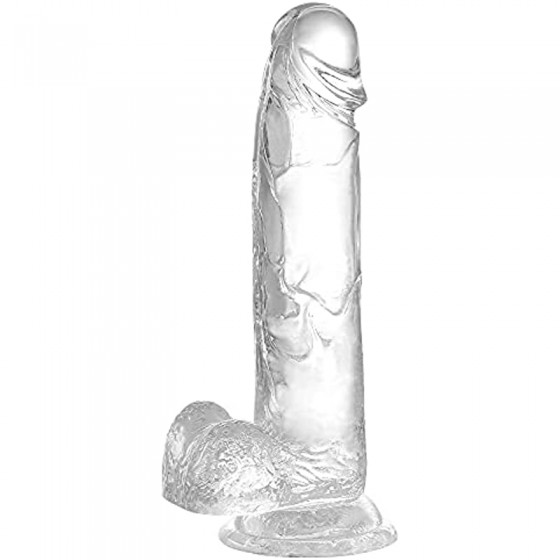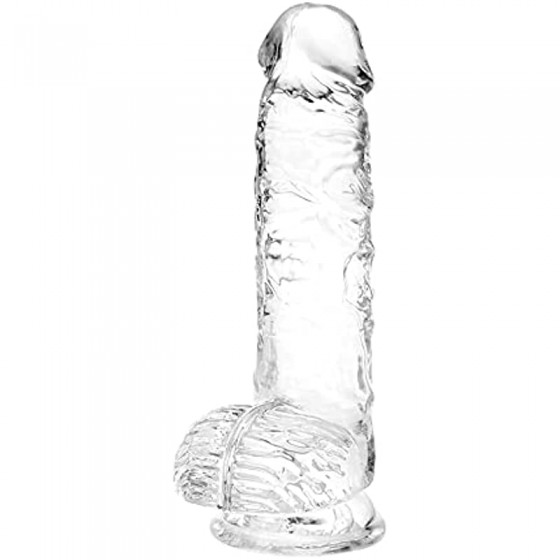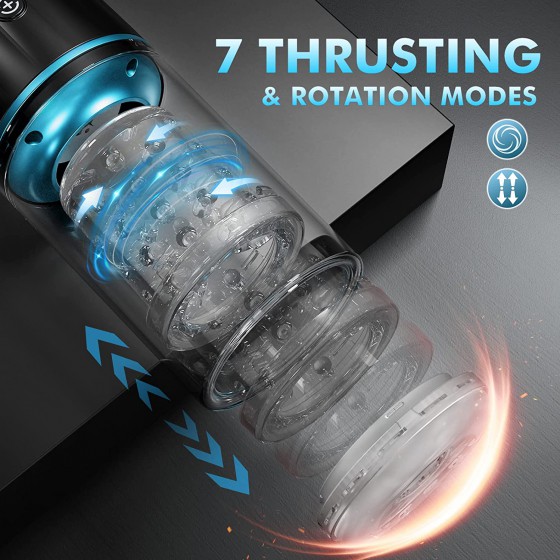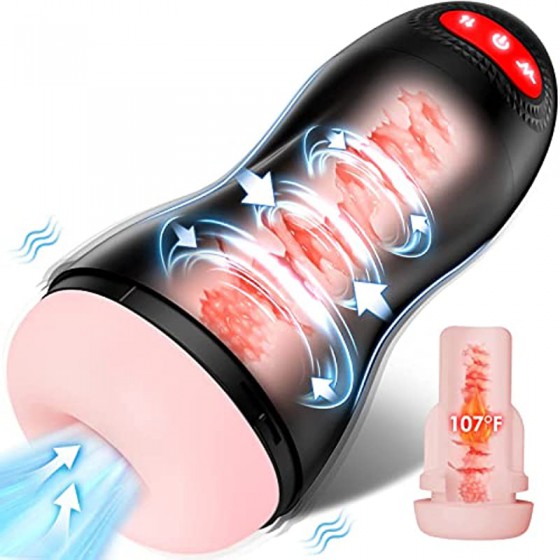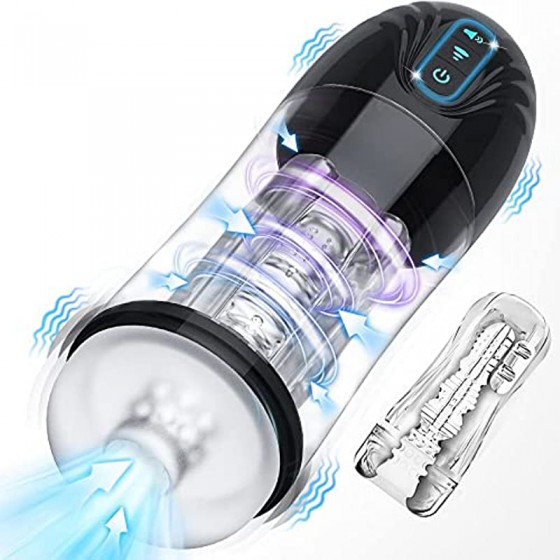What knowledge does a couple have about their sexual life?
After sexual life reaches a climax, a man's seminal vesicles, prostate, vas deferens, ejaculatory ducts and urethral muscles will contract rhythmically, and semen will be ejected. Because women's labia, clitoris and vaginal opening are rubbed, when a certain level of sexual stimulation is reached, clitoral twitching and rhythmic contraction of vaginal and perineal muscles will also occur. Regardless of men or women, after entering the climax period of sexual life, they are not only emotionally excited, but also feel a pleasant and comfortable pleasure. Only the emergence of this pleasure can sexual satisfaction be achieved.
Pleasure refers to an actual feeling in the cerebral cortex when orgasm comes. According to animal experiments, there is a "pleasure center" in the brain of rats. When it is stimulated with electrodes, rats will become happy and excited. In the same way, there may be a similar center somewhere in the human brain, which is an important part of the orgasm. Whenever the accumulation of sexual stimulation reaches a level sufficient to cause ejaculation, the sexual stimulation will inevitably trigger the "pleasure center" in the brain, and pleasure will arise spontaneously. Some people believe that in addition to the "pleasure center" as a guarantee, this kind of instant pleasure must also be completed by rapid nerve reflexes. There are ejaculatory ducts in a man's body, one on the left and one on the left, only 2 centimeters long, opening in the urethra. Once ejaculation occurs, semen is ejected. Because the opening is small, it appears to be very powerful, and there are many nerve plexuses gathered at the opening. Instantly, a series of reflexes occur in the nerve plexus at the opening, causing pleasure.
The pleasure of sexual intercourse not only symbolizes the end of one-time life, but due to the experience of pleasure, it may also become the desire for future sexual life.


